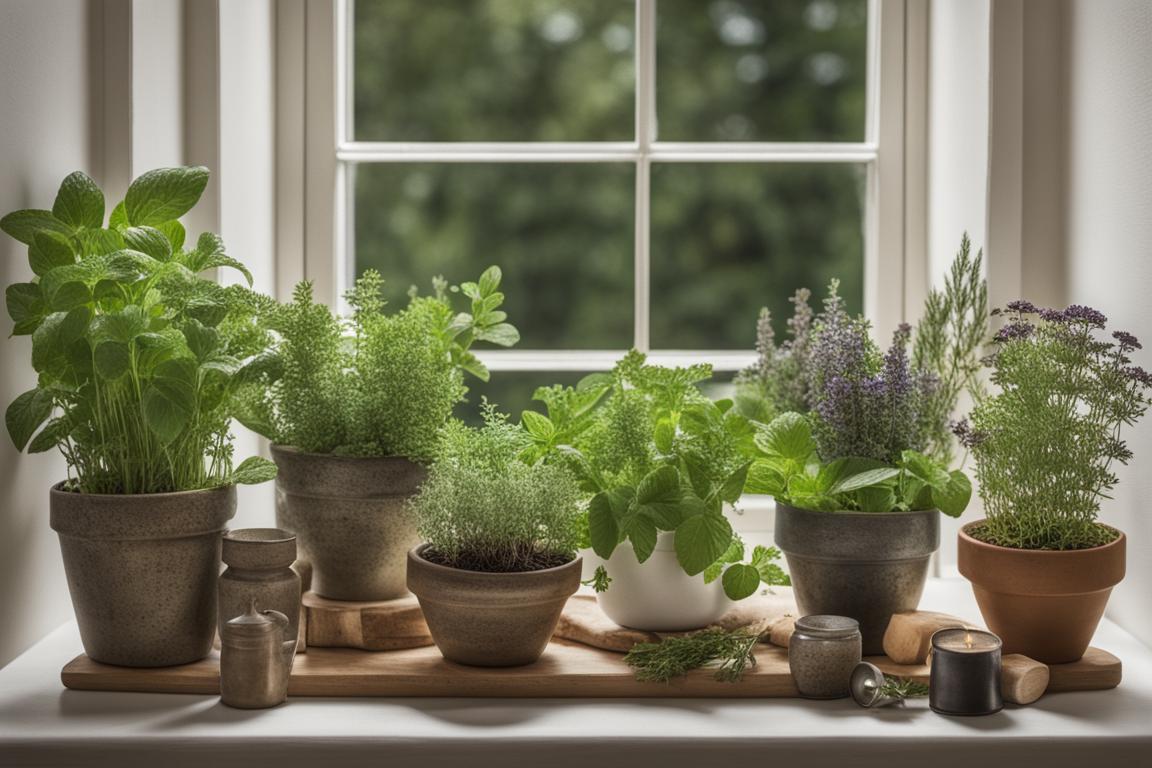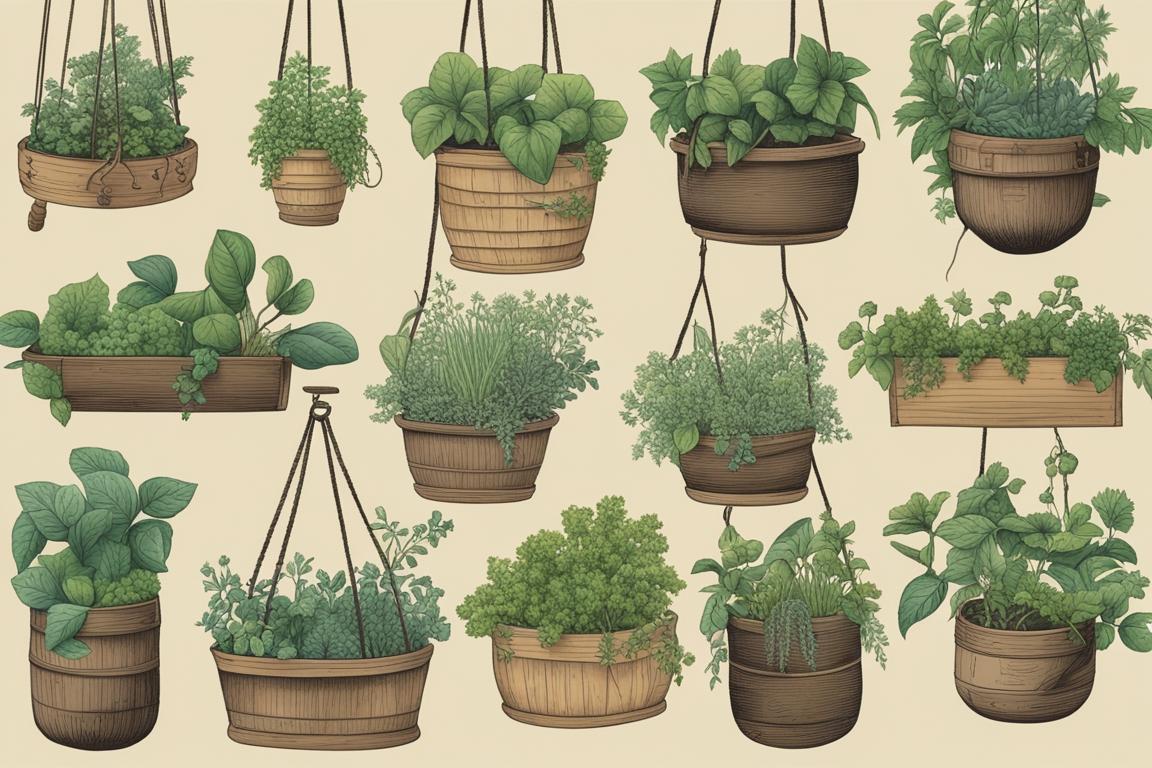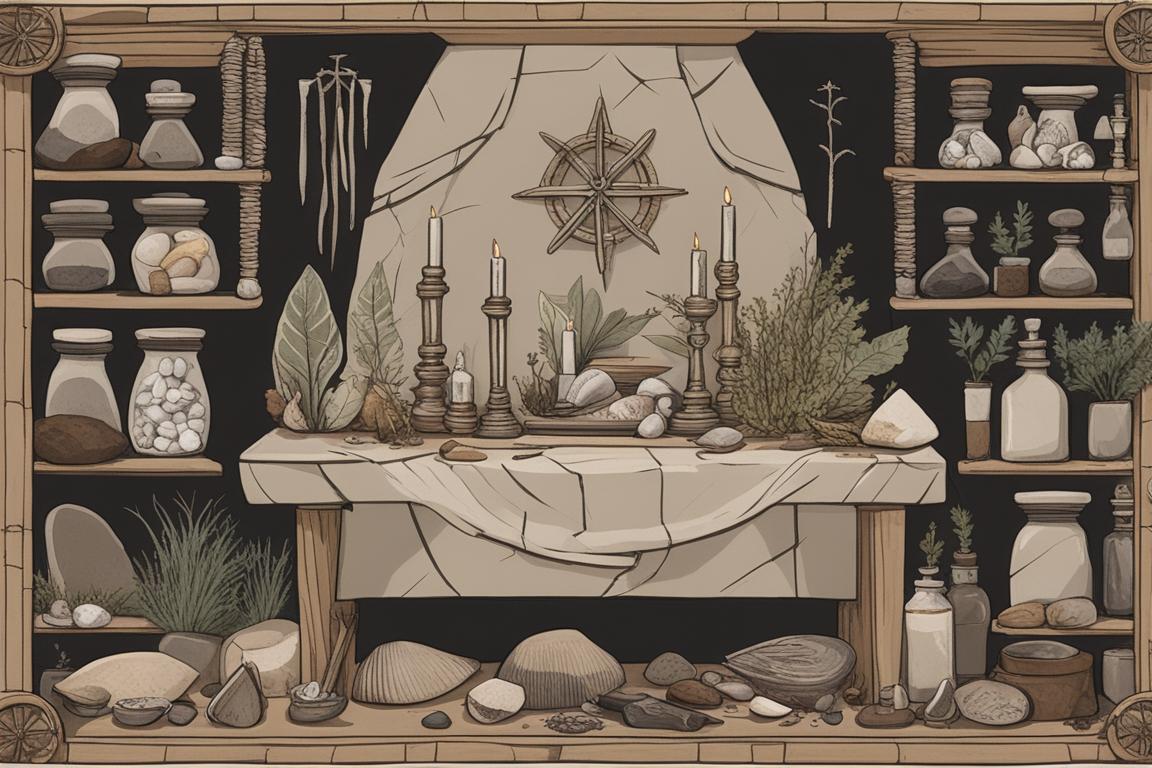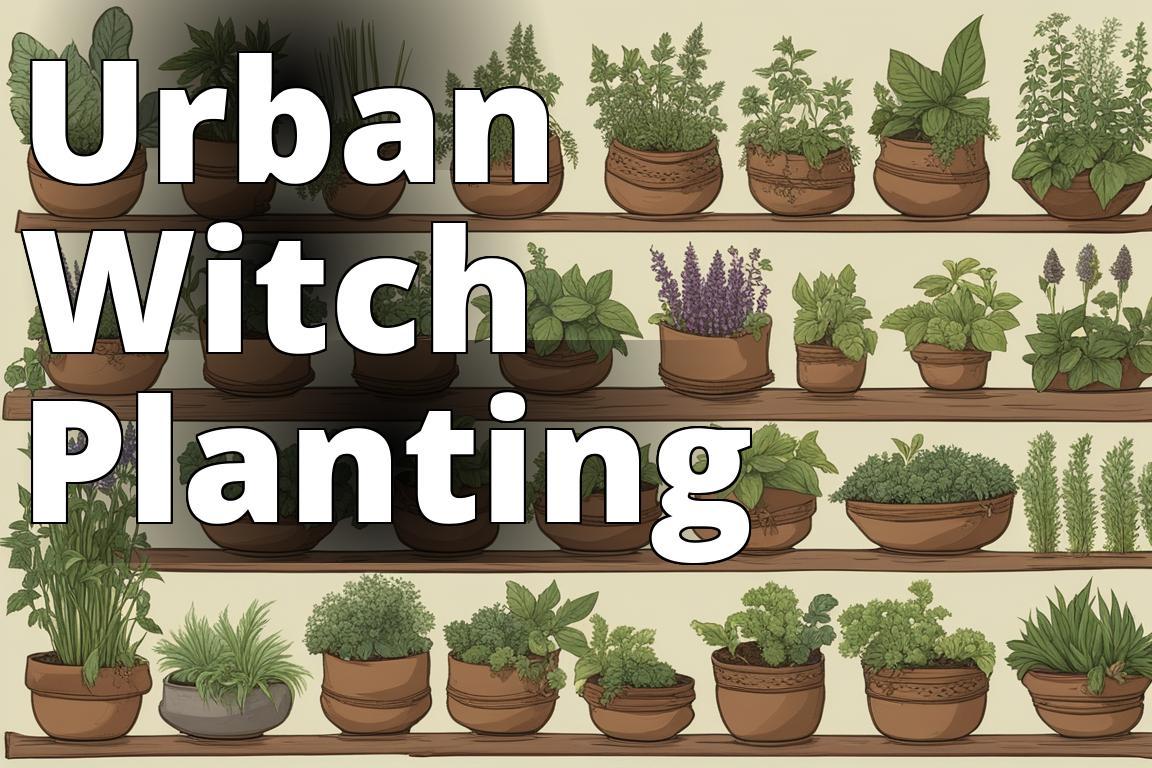Learn about Herbal Wisdom for Urban Witches
- Importance of herbalism in urban witchcraft.
- Tips for growing and using plants in limited spaces.
- Incorporating herbal wisdom in urban witchcraft practices.
How can urban witches effectively cultivate herbal wisdom in limited spaces to enhance their magical practice? In the realm of urban witchcraft, the art of herbalism plays a crucial role in connecting practitioners with nature’s magic. Urban witches often face challenges due to limited space when growing and utilizing plants in their craft. Despite these constraints, the allure of herbal wisdom remains strong, offering a pathway to deepen spiritual connections and infuse magic into everyday urban life.
The Role of Plants in Urban Witchcraft
Plants have a long history of reverence in witchcraft, with roots extending back to ancient traditions like Norse rituals and spells. In Norse mythology, plants held significant symbolism and power, commonly used in ceremonies to honor deities or enhance magical workings. For urban witches, incorporating herbal knowledge into their craft not only honors these traditions but also enriches their spiritual practice with the potent energies of the natural world.

Selecting and Cultivating Plants in Limited Spaces
When selecting plants for urban witchcraft, choosing ones that resonate with Norse traditions can add depth and authenticity to rituals. Common herbs like mugwort, lavender, and rosemary hold special significance in Norse magic, offering protection, healing, and divinatory properties. In urban environments, where space is a precious commodity, vertical gardening, container planting, and indoor herb cultivation techniques can help urban witches nurture their magical gardens.
Tips for Choosing Plants Suitable for Urban Environments
In urban settings, opt for plants that thrive in limited space conditions, such as compact herbs like thyme, mint, and chamomile. Consider the sunlight requirements of each plant and choose varieties that can adapt to indoor or balcony settings. Additionally, incorporating low-maintenance plants that are resilient to urban pollutants can ensure a successful harvest for magical workings.

Techniques for Growing Herbs in Small Urban Spaces
Utilize vertical gardening techniques by installing wall-mounted planters or hanging baskets to maximize space. Indoor herb gardens can flourish on windowsills or under grow lights, providing fresh herbs for spells and potions year-round. For outdoor spaces, balcony gardens or community plots offer opportunities to cultivate a diverse range of herbs and plants for magical purposes.

Foraging and Ethical Harvesting in Urban Environments
For urban witches seeking to connect with nature in the city, ethical foraging practices become essential. Identifying safe and edible plants amidst urban landscapes requires knowledge of local flora and a keen eye for spotting hidden treasures. By ethically harvesting plants for ritual and spellwork, urban witches can cultivate a deeper relationship with the natural world while honoring the balance of ecosystems within city limits.
Identifying Safe and Edible Plants for Ritual and Spellwork in Cities
Urban environments host a surprising array of edible and medicinal plants waiting to be discovered. From dandelions and plantain to elderflower and chickweed, urban foraging opens doors to a diverse botanical pantry for magical creations. By learning to identify and ethically harvest these urban treasures, witches can infuse their spells and rituals with the potent energies of locally sourced plants.
Herbal Uses in Norse Rituals and Spells
In Norse magic, herbs were revered for their mystical properties and versatile applications in rituals and spells. From protective charms to healing salves and divinatory brews, each herb carried specific associations and intentions in magical workings. Urban witches can draw inspiration from these ancient practices to craft their own herbal potions, incense blends, and talismans tailored to their intentions.

Creating Sacred Spaces in Urban Environments
Despite the concrete jungle that surrounds them, urban witches can create sacred spaces that honor the natural world and facilitate spiritual practice. Setting up an altar with elements like crystals, candles, and dried herbs can infuse a touch of nature into urban dwellings. By incorporating natural elements into sacred spaces, urban witches can ground themselves in the earth’s energies and foster a deeper connection to their magical practice.
Suggestions for Setting Up a Sacred Space or Altar Using Natural Elements
Embrace the power of symbolism by incorporating items like feathers, seashells, or stones that resonate with your magical intentions. Consider using potted plants or fresh flowers to infuse your sacred space with life and vitality. Utilize aromatherapy with essential oils or dried herbs to create a sensory experience that enhances meditation and spellcasting in urban settings.
Real-Life Case Study: Embracing Herbal Wisdom in a Small Apartment
Meet Sarah, a busy urban witch living in a small apartment in the heart of the city. Despite her limited living space, Sarah is passionate about incorporating herbalism into her magical practice. She decided to create a small indoor herb garden on her windowsill to grow herbs commonly used in Norse rituals and spells. With a few pots, soil, and seeds, she started cultivating rosemary, sage, and lavender, carefully following the tips she found in urban gardening resources.
Sarah found that tending to her herbal garden not only connected her with nature but also enhanced the potency of her spells and rituals. She harvested the herbs mindfully, ensuring she followed ethical foraging practices even in the urban environment. Sarah discovered the joy of crafting her herbal potions and incense, infusing them with intentions for protection, healing, and divination.
Despite the space limitations, Sarah managed to create a sacred space in her apartment, using natural elements like stones, shells, and dried herbs for her altar. Through her dedication to herbal wisdom in urban witchcraft, Sarah found a deeper connection to her practice and the natural world around her, proving that magic can thrive even in the busiest of city settings.
VII. Urban Herbalism Community Resources
For urban witches seeking to expand their herbal knowledge and connect with like-minded practitioners, community resources offer valuable opportunities for growth and exploration. Local urban herbology classes, workshops, and events provide platforms for learning about plant magic, herbal remedies, and sustainable gardening practices. Engaging in urban gardening projects, foraging groups, or plant swaps can further enrich the magical journey of urban witches looking to deepen their connection with the natural world.
Conclusion: Embracing Herbal Wisdom in Urban Witchcraft
As urban witches navigate the challenges of limited space and urban living, embracing herbal wisdom can offer a pathway to cultivate magic in their everyday lives. By integrating herbal knowledge into their craft, urban witches can tap into the ancient traditions of plant magic while forging new connections with the urban landscape. Regardless of living space constraints, the allure of herbal alchemy beckons urban witches to explore the mysteries of plant lore and infuse their magical practice with the vibrant energies of the natural world.
| Herb | Significance in Norse Magic | Properties and Uses |
|---|---|---|
| Mugwort | Protection, divination | Used in dream magic, psychic work, and enhancing intuition |
| Lavender | Healing, purification | Promotes peace, relaxation, and cleansing rituals |
| Rosemary | Protection, memory enhancement | Enhances mental clarity, memory, and wards off negative energy |
| Thyme | Courage, strength | Used in spells for courage, strength, and banishing negativity |
| Mint | Prosperity, healing | Attracts abundance, aids in healing rituals, and clears energy |
| Chamomile | Relaxation, peace | Calms the mind, promotes relaxation, and aids in sleep rituals |
Reasoning: This table provides a comparison of common herbs used in Norse magic, highlighting their significance, properties, and magical uses. It serves as a quick reference for urban witches looking to incorporate these herbs into their craft while honoring Norse traditions.
Sustainable Gardening Practices for Urban Witches
| Technique | Description |
|---|---|
| Companion planting | Planting herbs together to enhance growth and repel pests, such as planting rosemary near cabbage to deter pests |
| Rainwater harvesting | Collecting rainwater for watering plants, reducing water usage and promoting sustainable gardening practices |
| Composting | Recycling organic waste to create nutrient-rich compost for fertilizing herbs and reducing waste |
| Permaculture principles | Designing gardens based on natural ecosystems, promoting biodiversity, sustainability, and self-sufficiency |
Common Questions
Who can benefit from Herbal Wisdom for Urban Witches?
Urban witches interested in Norse rituals can benefit.
What plants can urban witches grow for Norse rituals?
Urban witches can grow herbs like sage, lavender, and thyme.
How can urban witches maximize limited space for plants?
Urban witches can use vertical gardens or window boxes.
Who may object that urban spaces are not suitable for plant growth?
Some may object that urban spaces lack sunlight for plants.
What are some alternative ways to grow plants indoors?
Indoor urban witches can use grow lights for plant growth.
How can urban witches ensure the plants are used correctly in rituals?
Urban witches can research Norse traditions and consult experienced practitioners.
